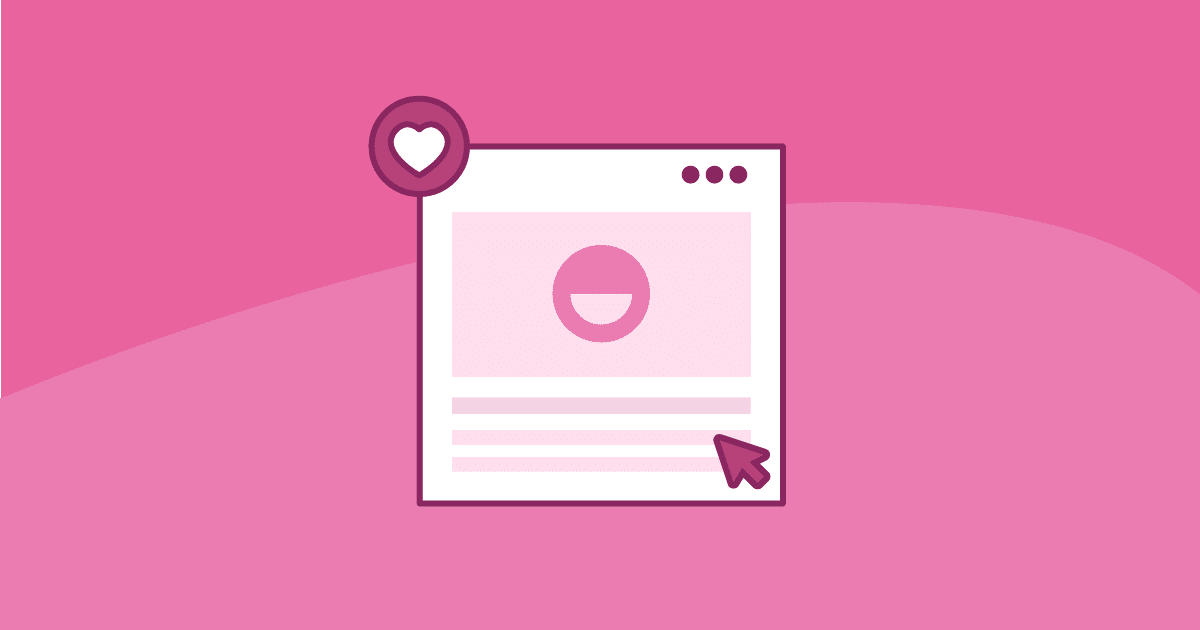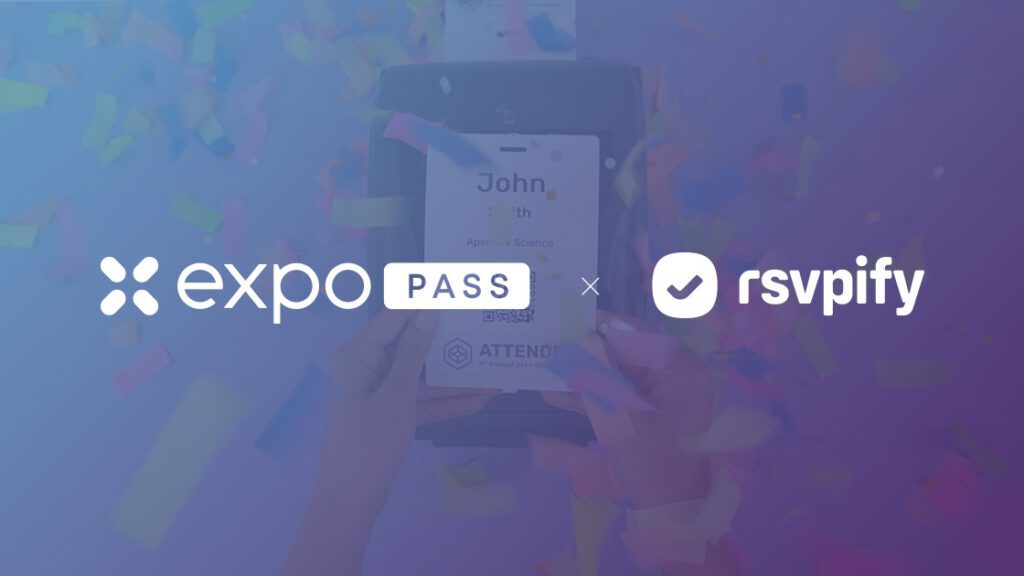It’s time to add some meme-ing to our event marketing! The internet age has produced some fun marketing strategies, but there’s nothing like memes. These viral sensations have become a new mode of communication, like inside jokes for whole communities. Given their virality, they are perfect for event marketing.
Okay, but what is a meme? It’s usually a photo or gif combined with text that creates a new meaning (or meme-ing) from the combination. Think of the Kevin James meme used to joke about everything from awkwardness at parties to gluing your hands together.
The shareability, entertainment factor, and customizability of memes make them perfect for event planners seeking creative marketing ideas. They’re especially helpful in connecting with Gen-Z and beyond, as research shows these demographics are averse to ads on social media.
It’s time to get down with the kids and learn how “meme marketing” can transform your event-planning business.
What is “meme marketing?”.
Meme marketing describes strategies to boost brand awareness online, from repurposing popular memes to creating your own. Humor is the primary factor in meme marketing. If you can make your audience say, “LOL, that’s me,” you can be confident your message will travel far and wide.
The appeal of meme marketing is its cost-effectiveness. Anyone can create a meme; sharing it is as easy as sharing anything else on Instagram or Facebook. The trick is to develop authentic memes that speak to your audience using a clear brand voice. It’s no different than any other form of marketing!
As social media is the dominant form of brand engagement, learning how to speak the native language of social media (i.e., memes) will help your brand succeed today and in the future.
Existing vs. original memes.
There are two types of people in the world: those who use pre-existing memes and those who create their own. Okay—being serious—both options are on the table. Each has different benefits and drawbacks; understanding them will help your company make the right choice when promoting an event.
Existing memes have the obvious advantage of tapping into virality. If you do it right, trending memes can launch your brand to worldwide awareness within hours. However, you’ll need to pay close attention to changing trends, especially the changeable meanings of memes. Once-acceptable memes can become offensive and damage your brand.
Previously popular memes:
No one did memes in 2023 better than the Barbie movie, showing the power of memes to foster community around a brand, driving offline engagement.
The alternative is to create your own. The challenge with original memes is audience unfamiliarity; you may not achieve virality as quickly or easily. However, original memes allow you to create unique, brand-specific content that connects to your particular audience in a way pre-existing memes can’t.
Three key principles.
Whether you decide to use an original meme or create your own, there are three fundamental principles to consider when devising your meme marketing strategy.
Be native: The last thing you want is the person still trying to figure out a Blackberry to write your meme copy. Having a social media savvy marketer create your memes will ensure the vocabulary is authentic to the media landscape. Remember, when in Rome!
Relatability is Everything: Memes are popular because they allow us to connect over common feelings, experiences, and interests. It’s more important that your memes relate to your target audience than to everyone on social media to create a personal connection.
Timing: When using pre-existing memes, ensure they’re still trending and aren’t last week’s news. With original memes, make sure they speak to the cultural moment. This way, you’ll avoid being tone-deaf or outdated. Timing is everything.
Creating your meme strategy.
Your meme marketing strategy starts in the same place as traditional marketing: establishing brand voice and audience persona. Understanding your brand voice will help you remain consistent throughout your meme-ing, and knowing your audience will help you decide which memes to create and share.
Once you have a strong sense of voice and buyer persona, collect trending memes that align with your audience’s theme, message, values, and interests. It’s helpful to create a working database of memes that changes as some fall off in popularity or new ones arise.
Combine meme templates with your audience knowledge to create entertaining memes they can relate to. A great example comes from Heinz ketchup. They made a graphic asking whether people thought tomatoes were a fruit or vegetable. By feeding into this timeless debate and providing a means of interaction—with a dash of friendly competition—Heinz received 4 MILLION impressions.
Like all event marketing strategies, you’ll test things out, see what works, and change your approach or double down. Give yourself the time to learn this new digital marketing tool. The point is to have fun with meme marketing! If you’re laughing, there’s a good chance your audience will, too.
It’s as easy as one, two, meme!
Digital tools afford event planners unique opportunities to connect with their audience. Few marketing strategies are as beneficial or fun as creating brand-specific memes that center around shared interests or experiences between you and your audience.
While it may take some time to learn the ropes, the foundations of meme marketing are the same as traditional strategies. Once you know your voice and your audience, you’re halfway there! The trick is to stay aware of digital trends and natively use language/content.
Final tips
- Large and easy-to-read text fosters the highest engagement.
- Avoid changing the core meaning of pre-existing memes to prevent confusion.
- Don’t over-customize pre-existing templates; this is just as confusing.
- CTAs should be as subtle as possible or non-existent.
Once you get the hang of it, it’s as easy as one, two, meme!







